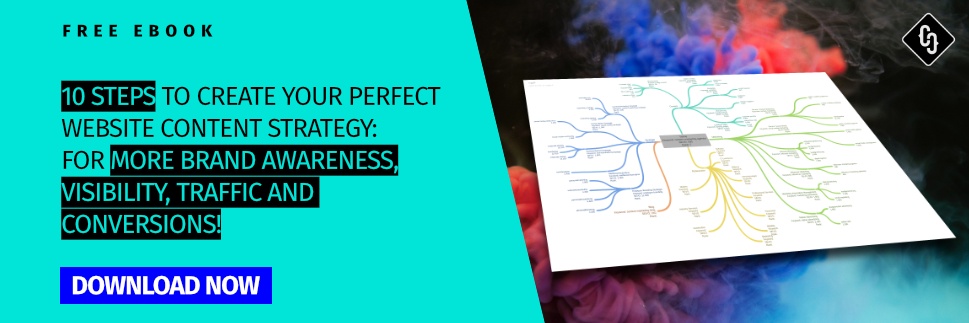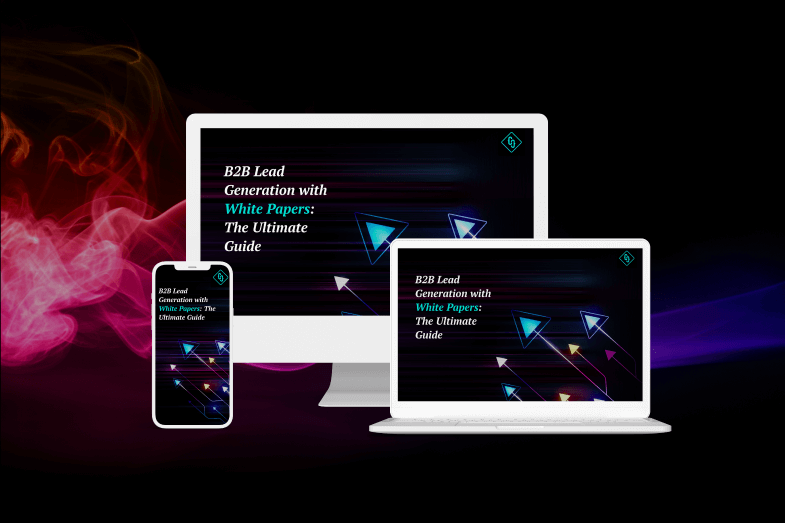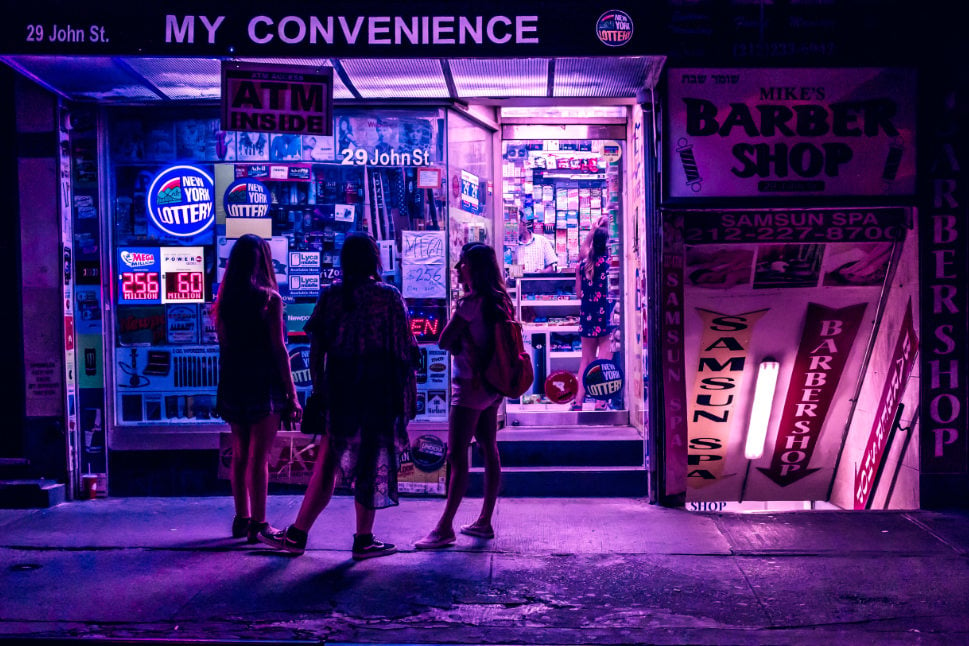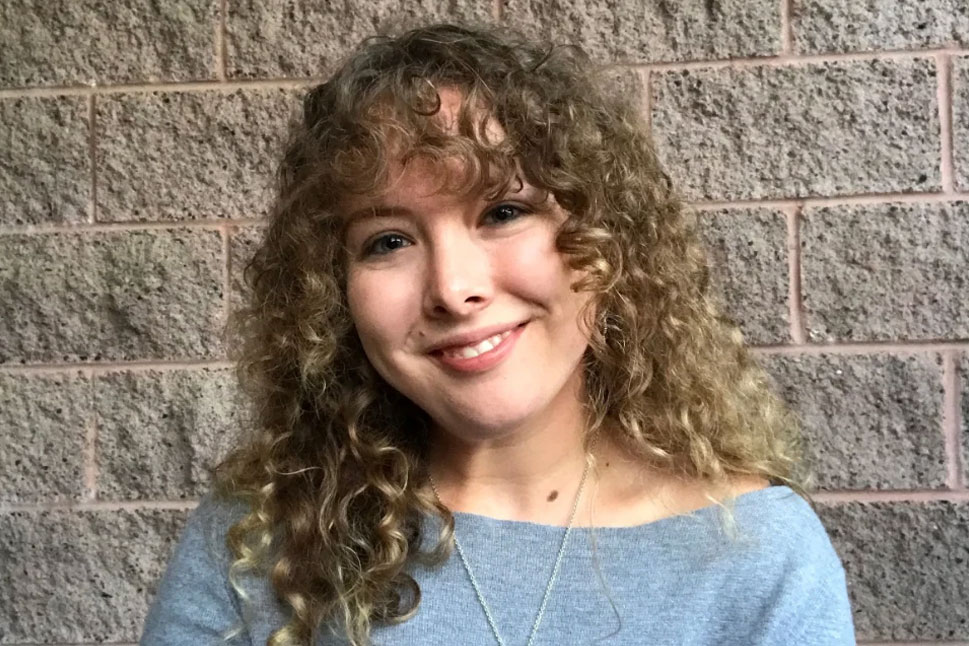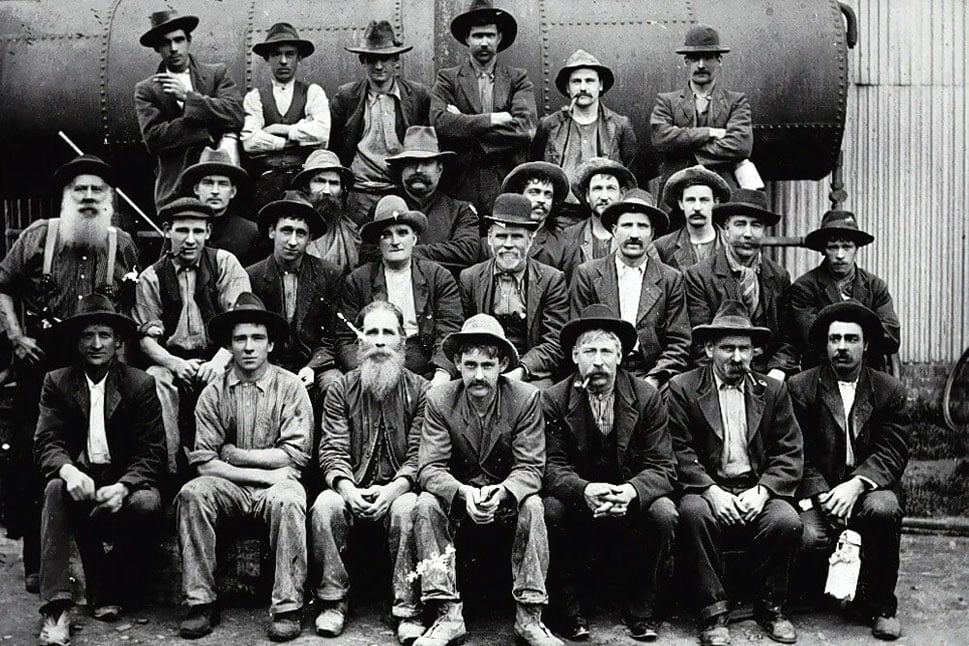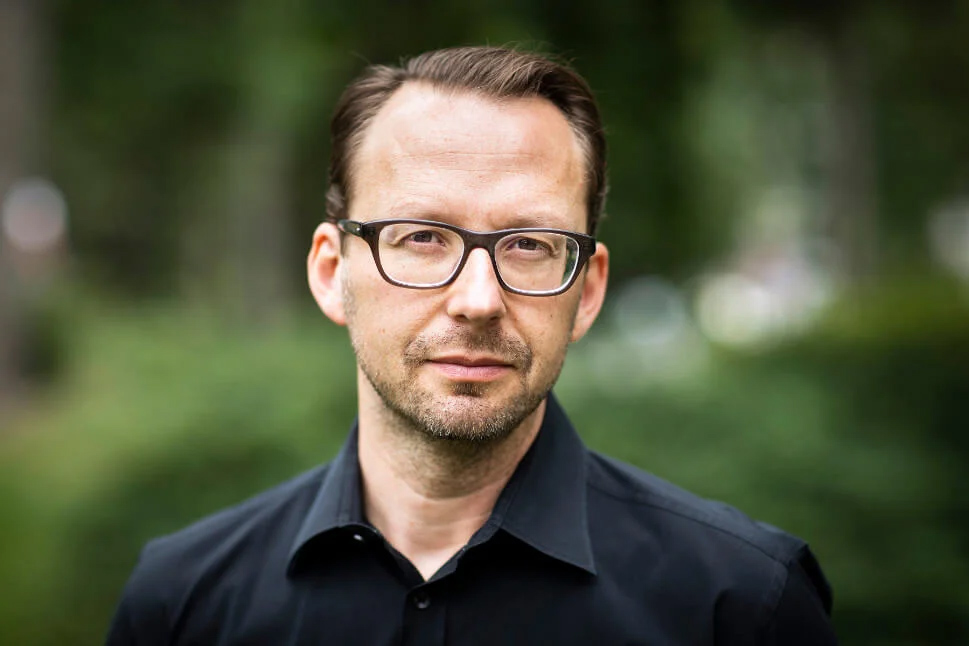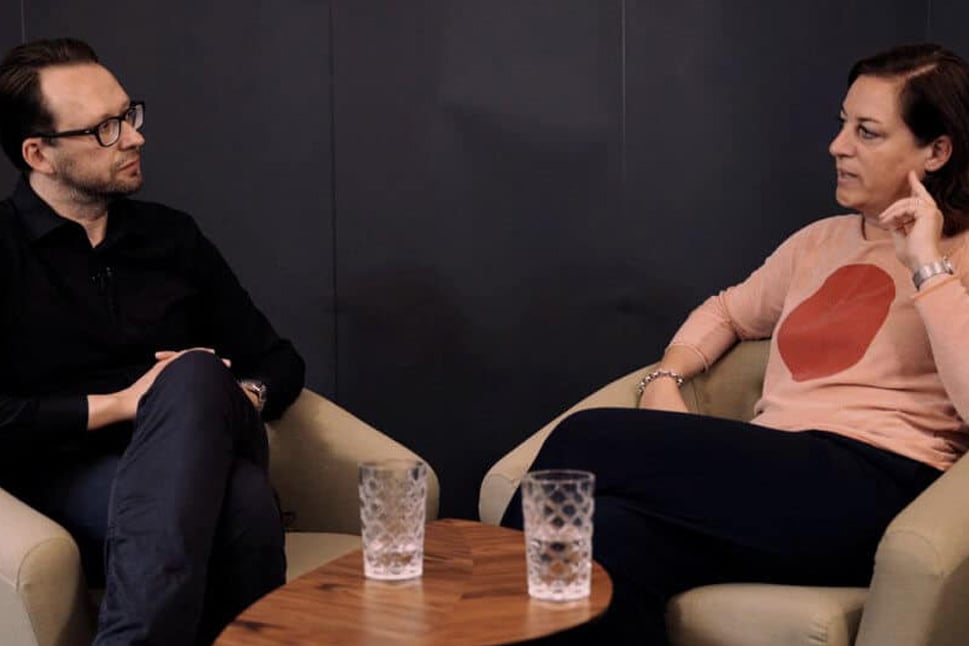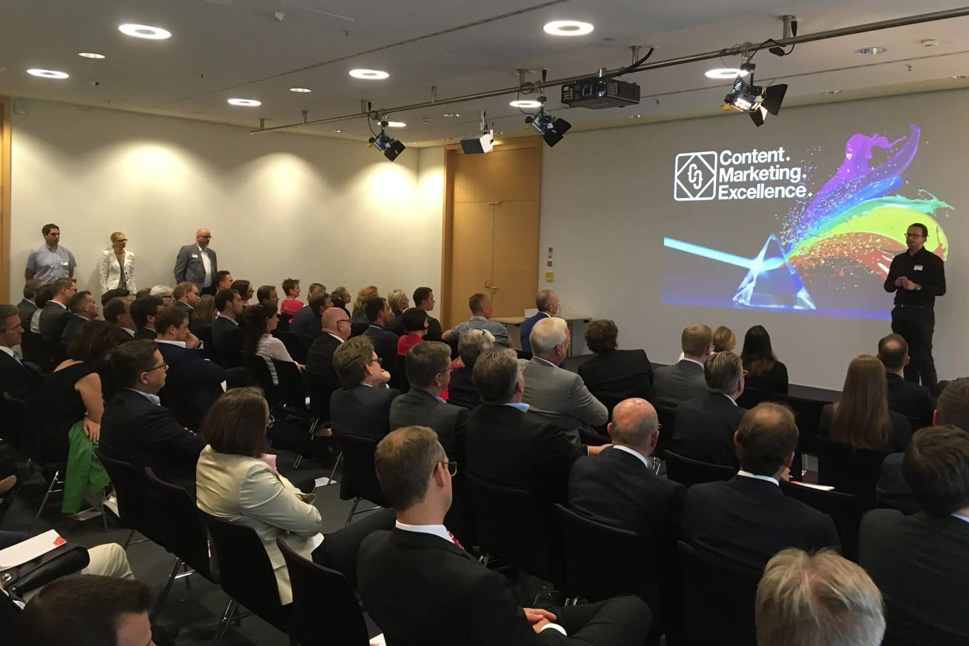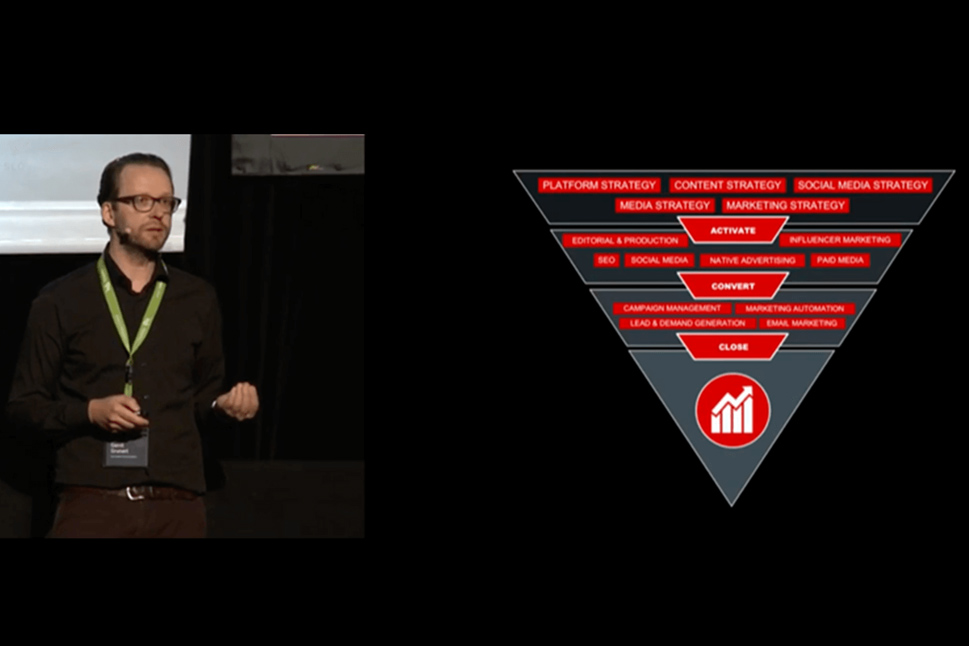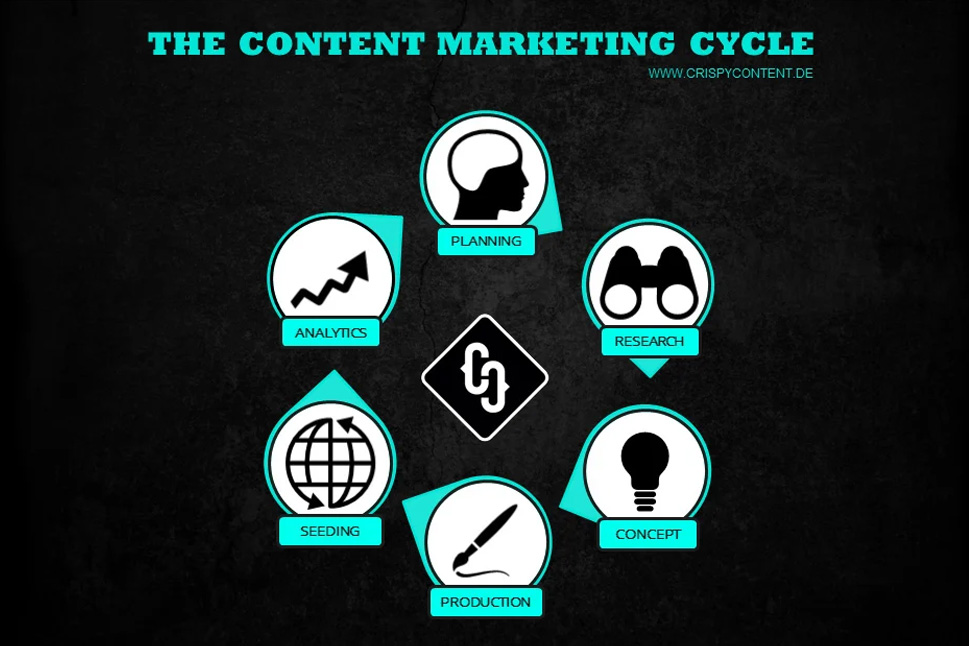10 Steps For Your Perfect Website Content Strategy – Pt. 2
Last updated on January 2, 2023 at 14:42 PM.A guide for marketers creating a website content strategy. The first part deals with goals, target groups, positioning, topics and formats. Today we cover features, structures and much more. Let’s go!

Step 6: Define Technical Features
Technical features, actually the traditional domain of the web developer, are important for the content marketer. Since his job is to guide the user into and through the conversion funnel as quickly as possible, he must influence the user interface design.
Besides subtleties such as accordion modules, which hide long content in complex and detailed texts, or a modular CTA construction kit, as we know it from professional providers such as HubSpot and which we implement in Wordpress with custom fields, this includes above all the integration of analytics and marketing automation, which we need for the later marketing operation of the website.
As the design of third-party solutions (formulas, landing pages, CTAs) must also correspond to that of our website, the CSS always causes enormous surprises.
The technical features are the marketer's tool. He must understand them and actively ask the developer.
Step 7: Define Onpage Structures
In order for the search engine to read a web page correctly and efficiently, we must mark the contents. In this way, the crawler recognizes what needs to be given preferential treatment and what falls under the table.
Often the largest headline on a page is necessarily an H1 headline (the most important one) and every smaller one thereafter an H2, H3 or H4. But this is not necessarily the case. It depends on the message in the headline. I would like to illustrate this using the Crispy Content® website as an example.
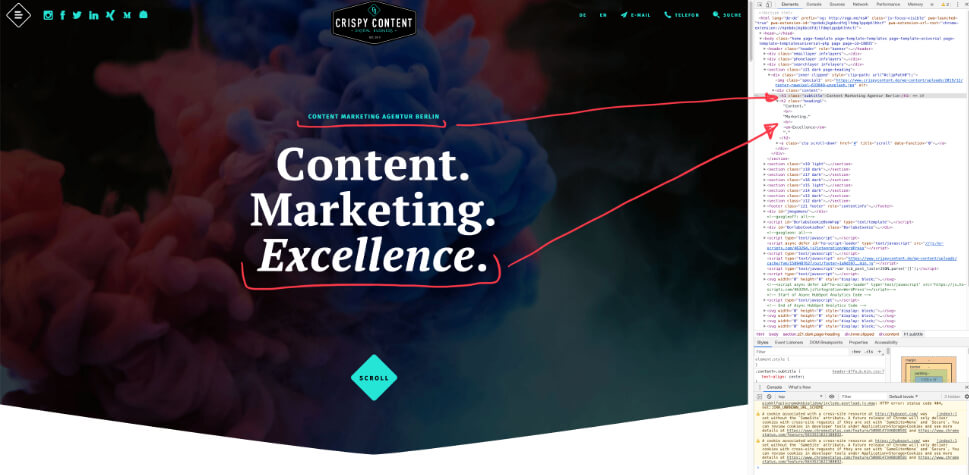 Website Content Relaunch Crispy Content®, Website crispycontent.de
Website Content Relaunch Crispy Content®, Website crispycontent.de
When we look at the home page, we see the claim "Content. Marketing. Excellence". Small above it is "Content Marketing Agency Berlin".
Our start page must fulfill two functions: On the one hand, it should convey a powerful brand message to the user, on the other hand it should inform the search engine crawler to which search terms our website can provide the best answer.
Since we structure the website for search engines and design it visually for users, we have to fulfill two opposing goals here:
Therefore, the largest headline here is not the H1, but the one that contains the most important search terms: Content Marketing Agency Berlin. It is the structured, but not very creative message for the crawler.
The creatively and visually appealing message that Crispy Content® does "excellent content marketing" is intended for users and has therefore been awarded H2. No one is actively looking for "content marketing excellence".
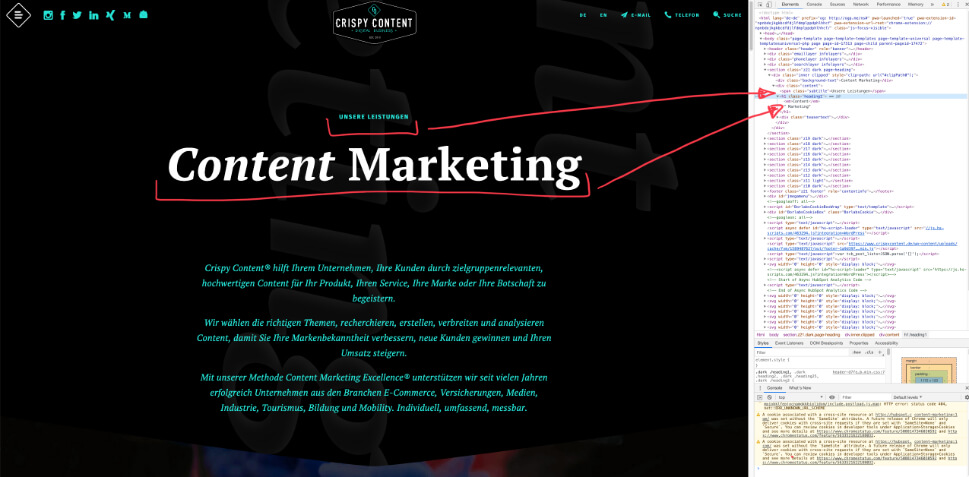 Website Content Relaunch Crispy Content®, Service Page crispycontent.de
Website Content Relaunch Crispy Content®, Service Page crispycontent.de
The opposite is true for the service pages: Their mission is not to inspire the user, but to convey to him what the agency deals with (so we can show our competence). Here the largest headline corresponds to H1. The small headline above is just a <span> element: Too generic to perform in the search engine, but necessary for the user to orientate himself.
This means we have made several assignments on our website by page type query.
The decision of a marketer, the execution of a developer.
Step 8: Define Onsite Structures
The search engine crawler reads not only the web page structure, but the entire server structure (if the crawler credits allow it).
As a representative of the crawler, the content marketer must make important decisions, for example
- which pages are so important that they belong in the top level;
- which pages belong together so they also provide the crawler with a contextual connection and so that the crawler can provide the searcher with semantic and comprehensive results (keyword content hub, pillar content, etc.);
- which pages must therefore link to each other; or
- how the user journey of the user on the site converts smoothly through the funnel.
The content marketer is responsible for the creation of the sitemap, because it represents the communication to the target group in its structure.
Step 9: Analyze and Cluster keywords
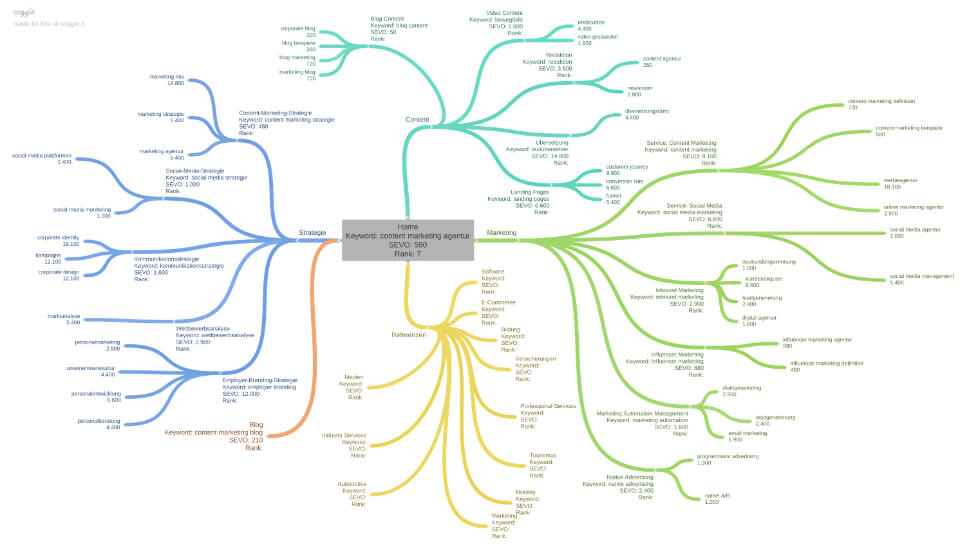 Website Content Relaunch Crispy Content®, Page Cluster crispycontent.de
Website Content Relaunch Crispy Content®, Page Cluster crispycontent.de
If we want our website to achieve access via placement in the organic search results, we have to adapt our offer to the information needs of the user. Users ask questions, we provide the answers in the form of our web pages and the content placed on them.
Where search engine specialists used to use the software wedge to relate keywords, backlinks and content and thus achieve results, they have now been overtaken by Google's artificial intelligence. From the point of view of content marketers as communication experts, this is a wonderful thing, because Google wants to understand and communicate just like an actual person.
Since the search engine's rating algorithm has become smarter and smarter over the last 10 years, we now see keywords more as a means of indexing our content than as concrete terms.
To illustrate this, I would like to use the website of Crispy Content® once again. Here we see a section of the service page for content marketing services.

We find the term "content marketing" in H1, obviously the term we want to rank for. It is generic, usually the searcher expects a definition that we cannot capitalize on in our agency model. Nevertheless, it is necessary to show it, as this is one of our most important services. We prefer the search term "content marketing agency". Whoever is looking for an agency is looking for a partner. Unfortunately, this term is only queried 590 times.
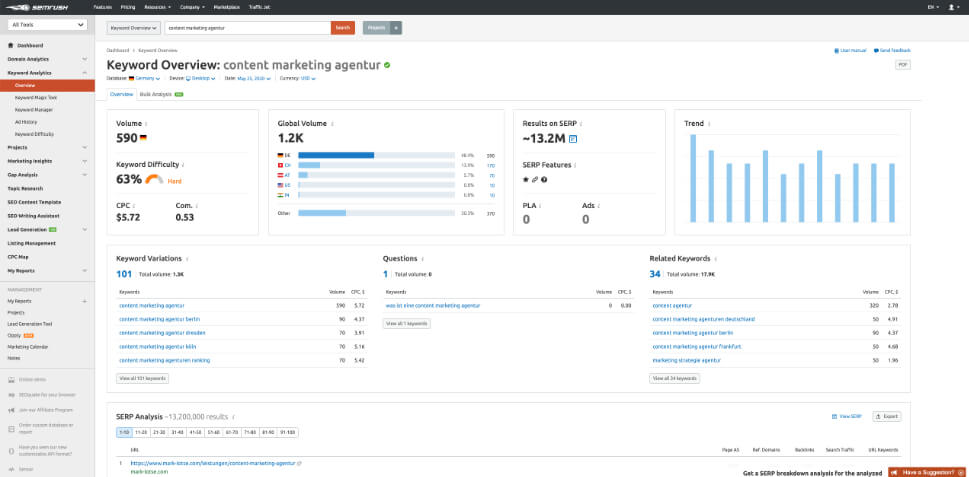 Website Content Relaunch Crispy Content®, SemRush, Keyword Overview
Website Content Relaunch Crispy Content®, SemRush, Keyword Overview
However, one search term that we believe has much greater potential is the term advertising agency. "Advertising agency" is searched for 18,100 times a month in Google.de. The problem: If there is one thing Crispy Content® is not, it is an advertising agency. We believe that without content it is not possible. Therefore, we want to convince the searcher with the help of our content instead of hiring an advertising agency to use a content marketing agency like Crispy Content®.
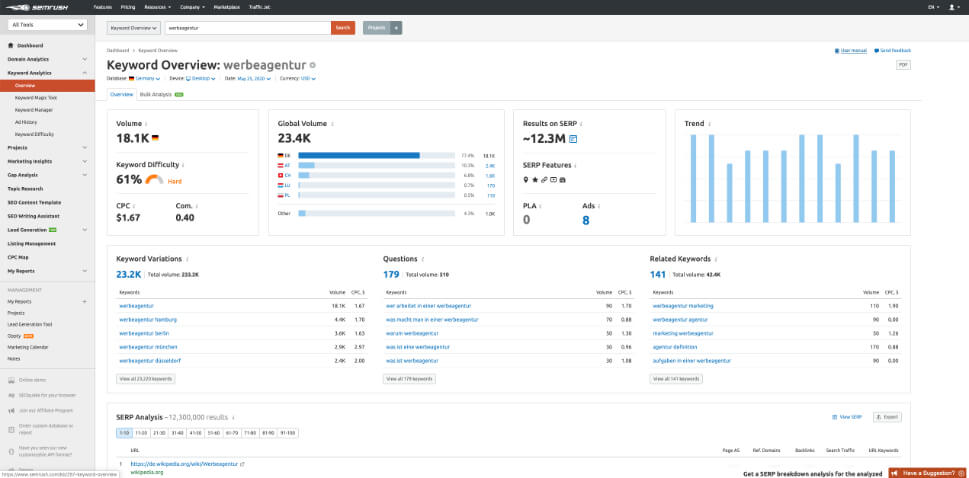 Website Content Relaunch Crispy Content®, SemRush, Keyword Overview
Website Content Relaunch Crispy Content®, SemRush, Keyword Overview
The ideal place to place conflicting keywords on a brand-compliant page is the FAQs - as happened on crispycontent.de.
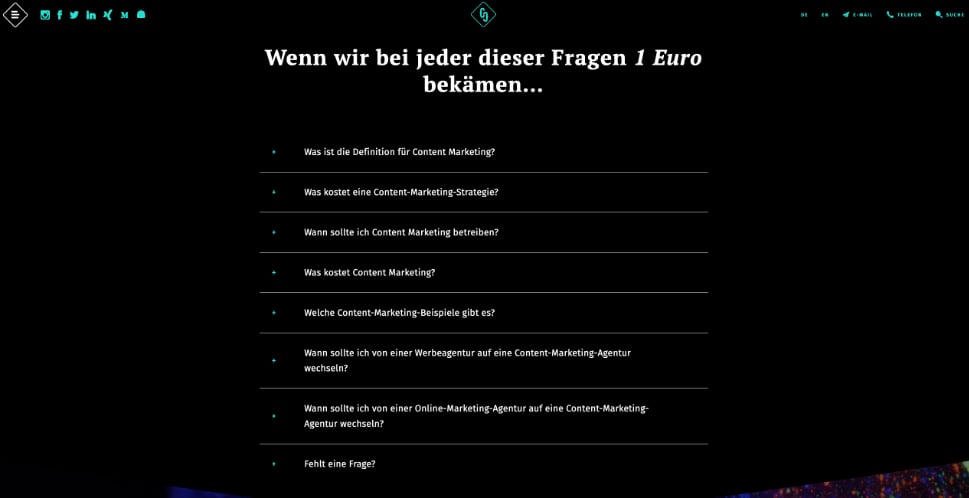 Website Content Relaunch Crispy Content®, FAQ
Website Content Relaunch Crispy Content®, FAQ
In the lower section we provide answers to questions that contain, so to speak, antonyms to "content marketing" with a high search volume, such as "online marketing agency" or "advertising agency".
The content marketer made the decision for such a technically implemented page area, which only served the purpose of keyword optimization,. He overlooks the entire marketing funnel; he adapts the customer journey of the user.
Step 10: Accept Project Governance
As we have seen in the previous sections, the content marketer has a decisive influence on the success of a website project. Because a website is a means to an end, to achieve "real" results for a company through communication, he must control the project. A website executes his content strategy day by day. Therefore, the content marketer has the important task in a website launch,
- to take control,
- to provide orientation and
- to bring order to chaos.
To justify his government, he must have skills and knowledge that go far beyond editorial work.
- He needs technical expertise to have a formative influence on the website technologies used.
- He must be a businessman to distinguish between what is possible and what is workable.
- He needs to be a communication strategist to anticipate the future interaction with the user on the website.
- He has to be creative to break fresh ground and test this as a thesis.
- He must be a project manager to ensure the smooth running and successful completion of the project.
- He must be a great motivator to keep the project members happy.
That's a lot, isn't it?
The Summary
If you are dissatisfied with the content of your current website or even want to restart it, these are the ten steps you need to take to achieve actual results:
- Define business goals
- Define target group
- Positioning the brand
- Develop topics and content
- Develop Formats
- Evaluate technical features
- Define onpage structures
- Define onsite structures
- Analyze and cluster keywords
- Take over project governance
Good luck!
 Gerrit Grunert
Gerrit Grunert
Gerrit Grunert is the founder and CEO of Crispy Content®. In 2019, he published his book "Methodical Content Marketing" published by Springer Gabler, as well as the series of online courses "Making Content." In his free time, Gerrit is a passionate guitar collector, likes reading books by Stefan Zweig, and listening to music from the day before yesterday.


